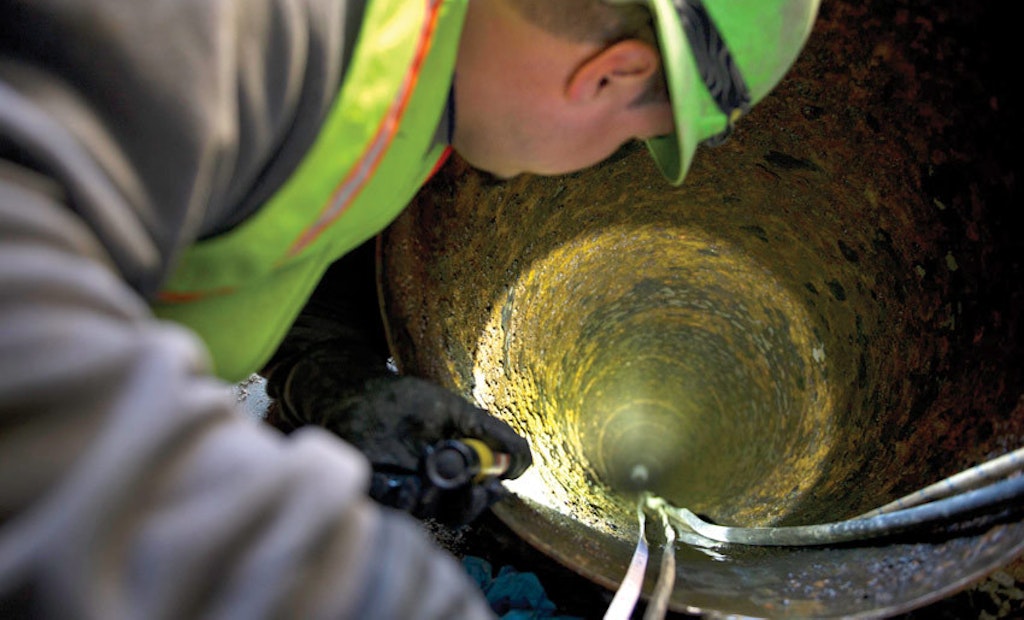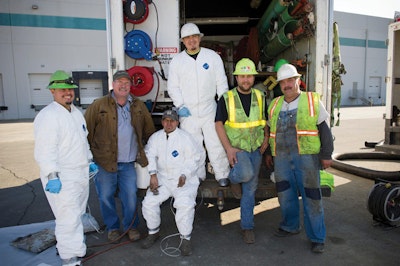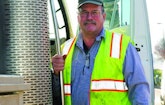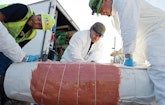
Miksis Services of Healdsburg, California, learned early that you don’t stay in this business more than three decades by finding your comfort zone and staying there.
Co-owner Gary Miksis has moved his company forward for nearly 35 years by staying ahead of the curve on new...










